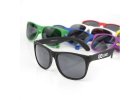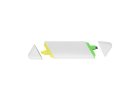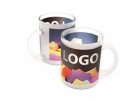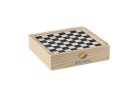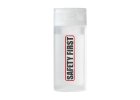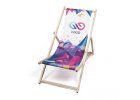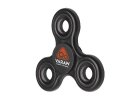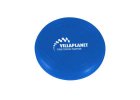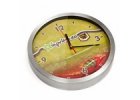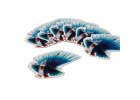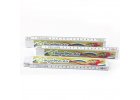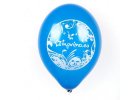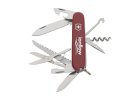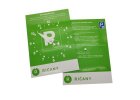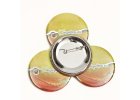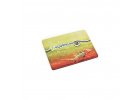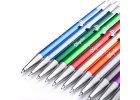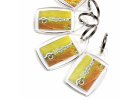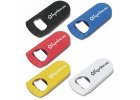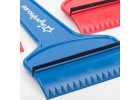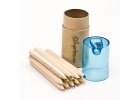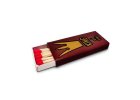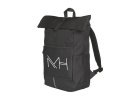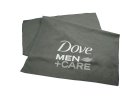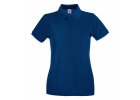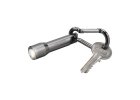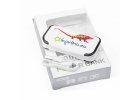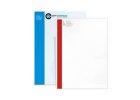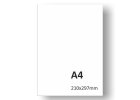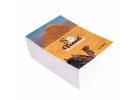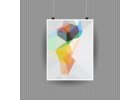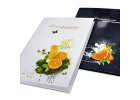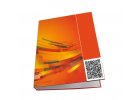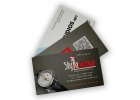Screen printing
Screen printing, also known as "stencil printing" or "serigraphy," is a graphic technique. In international notation, it is represented by the symbol S. Screen printing does not belong to the category of offset printing; it is a standalone printing technique.
Artistic screen printing is called serigraphy (drawing on silk). The term was coined by the proponent of this technique, C. Zigrosser, based on an analogy with the term lithography (drawing on stone).
Screen Preparation
The principle of screen printing involves pushing ink through permeable areas of a stencil onto the material being printed. Acetone lacquer is colored with white powder and applied to all areas that should remain white in the print. The lacquer should not be too thin, as it would not seal the holes in the silk, nor should it be too thick, as it could create lumps on the screen when dry.
The screen consists of a frame made of metal, wood, or plastic, onto which mesh fabric is stretched—such as nylon, nivold, silk (natural or artificial silk from China), metal fibers, etc. The mesh can have various densities, calculated as the number of holes per square centimeter. It is stretched either manually onto the frame, like a painter’s canvas, or using a hydraulic device that stretches the frame in all directions simultaneously. The weave of the mesh must be parallel to the frame and is glued using special adhesives (e.g., cheoprene for wooden frames).
Before use, the mesh is degreased with alcohol or vinegar, and stencils are created for printing.
Materials for Printing
Screen printing technology can be used to print on all common types of materials, including metal, leather, paper, wood, glass, ceramics, and naturally, plastics and promotional textiles of any composition (there are special inks for each type of material).
Advantages of Screen Printing
The clear advantage of screen printing is its absolute color fastness, durability of the print, and affordability. Applying screen printing technology directly onto textile material is generally the most durable and high-quality printing option. Water-based ink soaks into the textile fibers and can be washed and ironed over once dry. By adding additives to the ink, its resistance can be further increased. Plastisol ink applied directly onto the textile is dried and cured at high temperatures, or the ink can be applied to transfer paper, coated with a layer of adhesive (powdered or liquid), dried in a heat tunnel, and transferred onto textile using a heat press. There is virtually no difference in quality between direct screen printing and the transfer method. When screen printing is insufficient due to the complexity of the design, color requirements, registration precision, size, or shape of the subject, sublimation printing is used.
![hrube[1]](/user/documents/upload/hrube[1].jpg)
Use of Screen Printing at TAEDA
Screen printing on almost all promotional items or industrial products, for example:
- screen printing on textiles
- screen printing on promotional items
- screen printing on promotional lanyards for neck straps and keychains
- screen printing on industrial products – printing on metal sheets
- screen printing as a supplement for personalizing offset prints on paper, such as calendars
Source: Wikipedia

